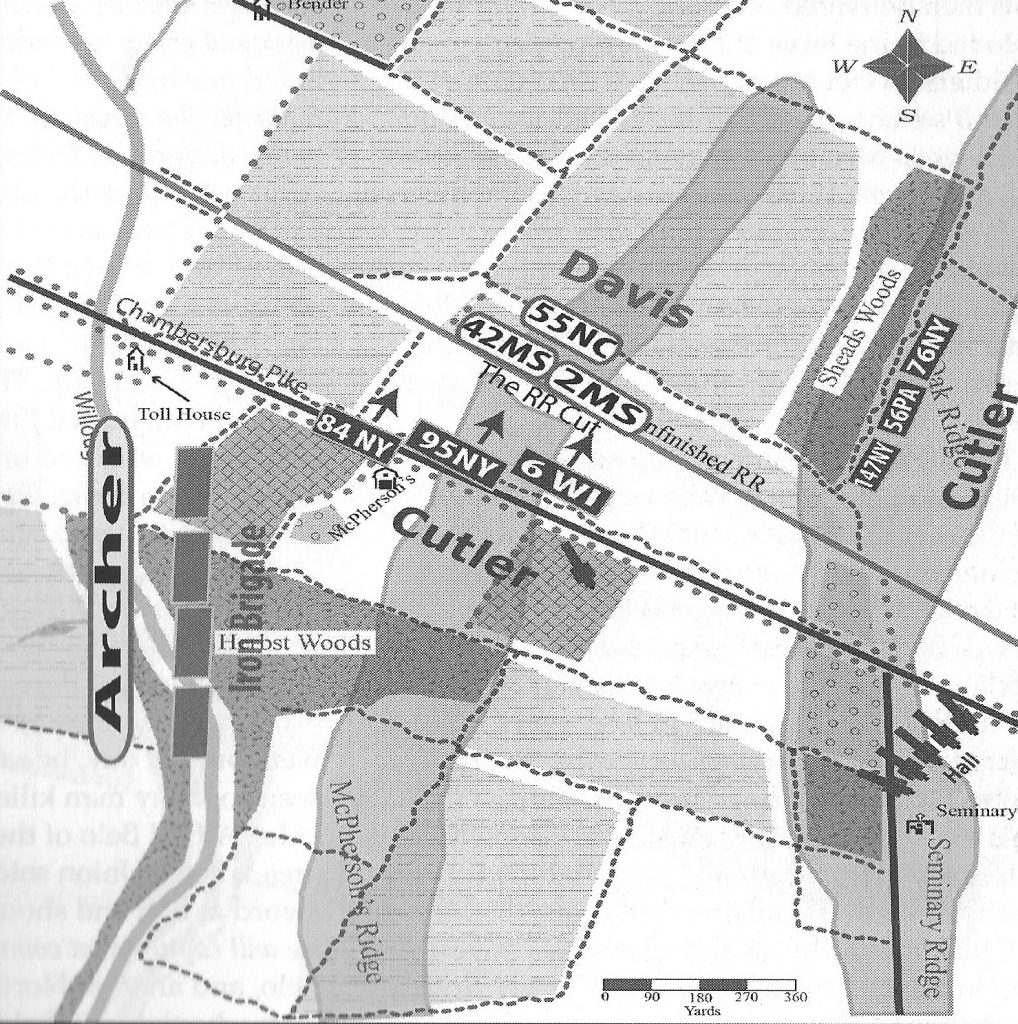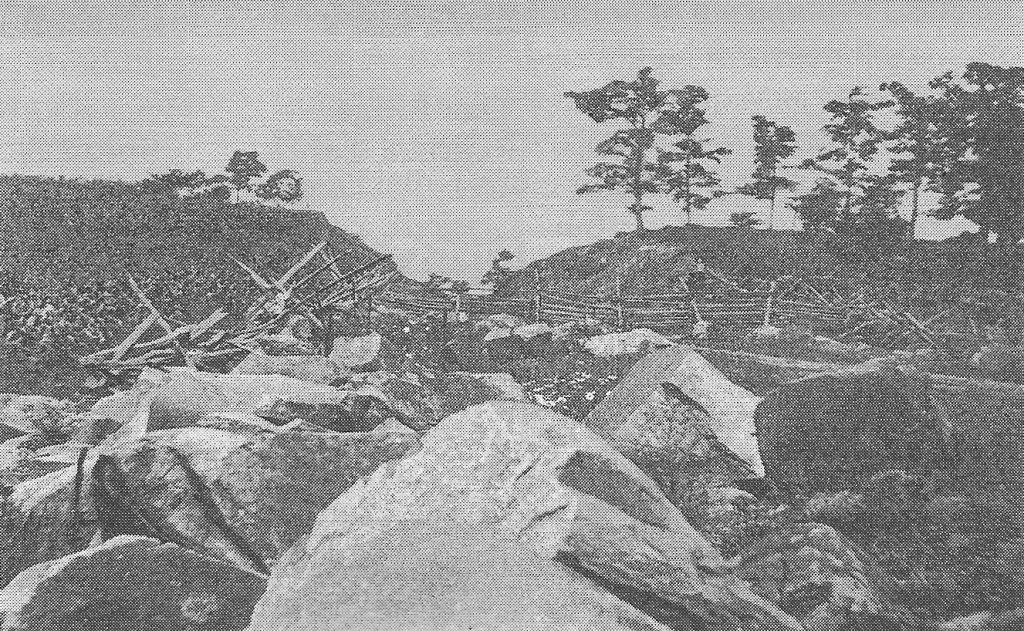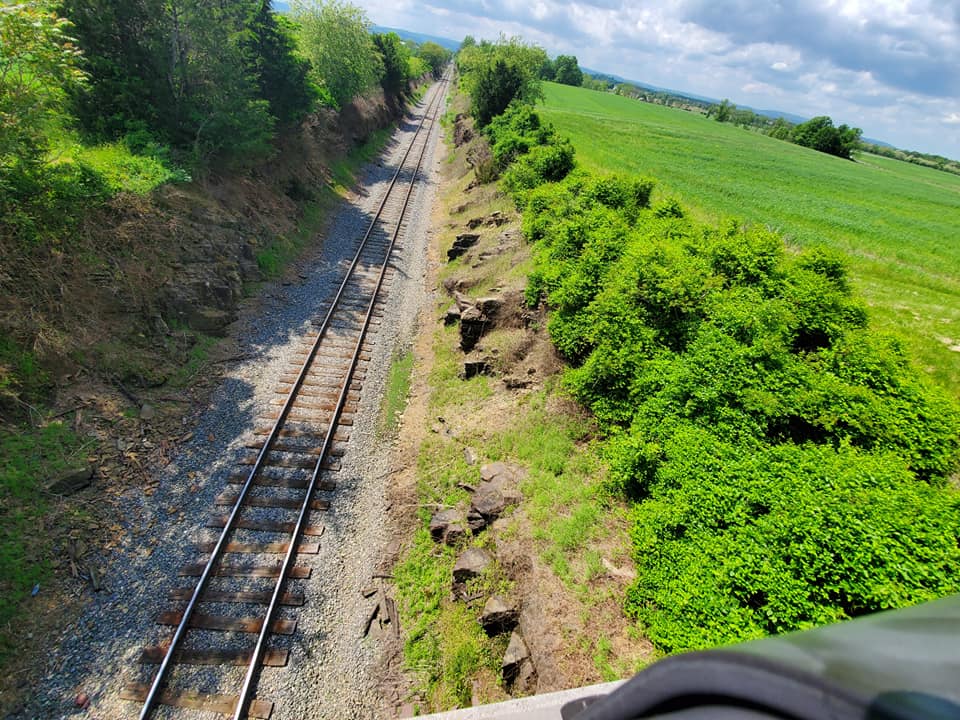Throughout the rest of the afternoon, First Corps units were stacked south to north as they arrived. The overall battle of Day 1 was a series of disconnected small unit (regimental) actions. There was truly an ebb and flow to this battle as the same small patches of land changed hands multiple times.
It is not my purpose nor intent to provide a minute by minute account of any portions of this battle. Others have done a better job at that than I could. I intend to provide a general description and analysis of what occurred as a way to understand the importance of certain events while small and seemingly inconsequential played a major role in the outcome of this epic clash.
The first of what I will call a series of blunders was the advance of the Iron Brigade into Herbst Woods. It was clearly Reynold’s intent that they establish a defensive line simply replacing the cavalrymen on the southern Union flank, but noticing movement in the woods Reynolds ordered them to interdict. Their commander marched them off to seek the enemy. In short, as they emerged on the far side of the woods they ran into BG James Archer’s Brigade. They were just in the process of forming up to attack through those woods. Suddenly, two opposing forces faced off across Willoughby’s Run, a creek with steep-sided walls. As was noted in Section 3a above, a Rebel unit of similar name always out-numbered a similar Union unit.
Archer’s men quickly recovered from the unexpected surprise appearance of Union troops and began to pursue them back through the woods. The Iron Brigade was nearly enveloped and was lucky to make their way back to the protection of McPherson’s Ridge. Not being sure of what lay ahead, Archer called off the pursuit and held his men in the woods. In the fray, BG Archer himself was captured.

Just to the north, Davis’ Brigade of Heth’s Division was executing a wheel-turn to the right. They were realigning from an attack to the east to move south. Davis had spotted the newly arriving Union units as they moved into position. He thought that he had an opportunity to rout them before they had time to establish themselves. They were aligning themselves behind a rail fence just south of the roadway. They could only watch as the Rebels wheeled around to face them and begin to advance. Then the Rebels disappeared! Between the two lines was an ugly trench cutting through the rolling hills. It was the beginnings of a rail bed that workers had been leveling the land to lay track. At the east end it was shallow and got deeper to the west. The entire Rebel brigade dropped into that trench. Those in the east could use it as good cover and began to fire on Cutler’s men. Those farther west were trapped in a hole up to 5 yards deep. The 6th Wisconsin Regiment of the Iron Brigade had been held back in reserve. They were ordered to shift north to support Cutler. But their commander, COL Fairchild, ordered them to charge the trench. They took heavy fire from their right but soon reached the edge of the cut and took hundreds of Rebel prisoners as they had no place to go and no way to fight.


Had Davis succeeded in his attack to the south, the day’s battle could have been over before it had hardly started.
